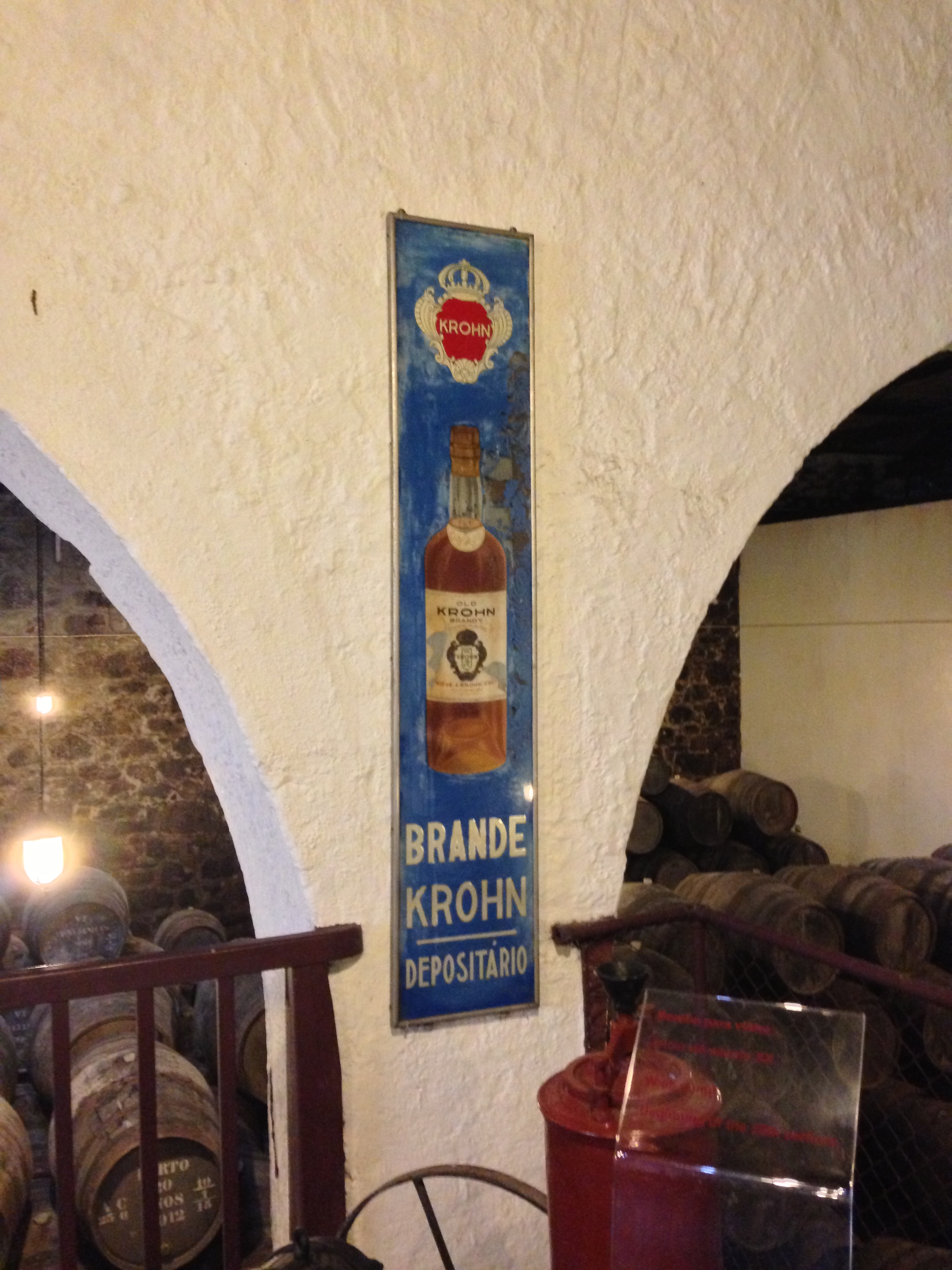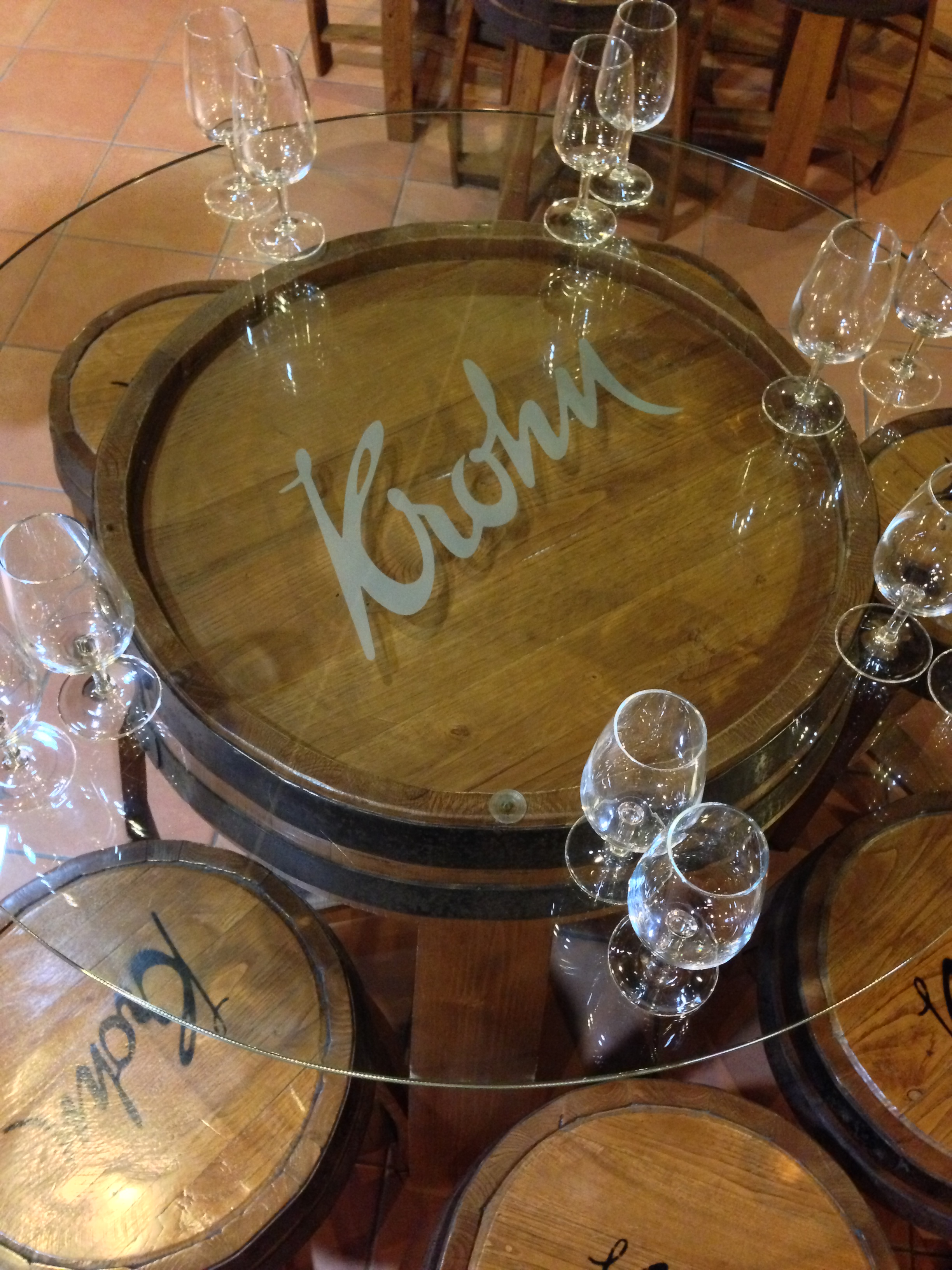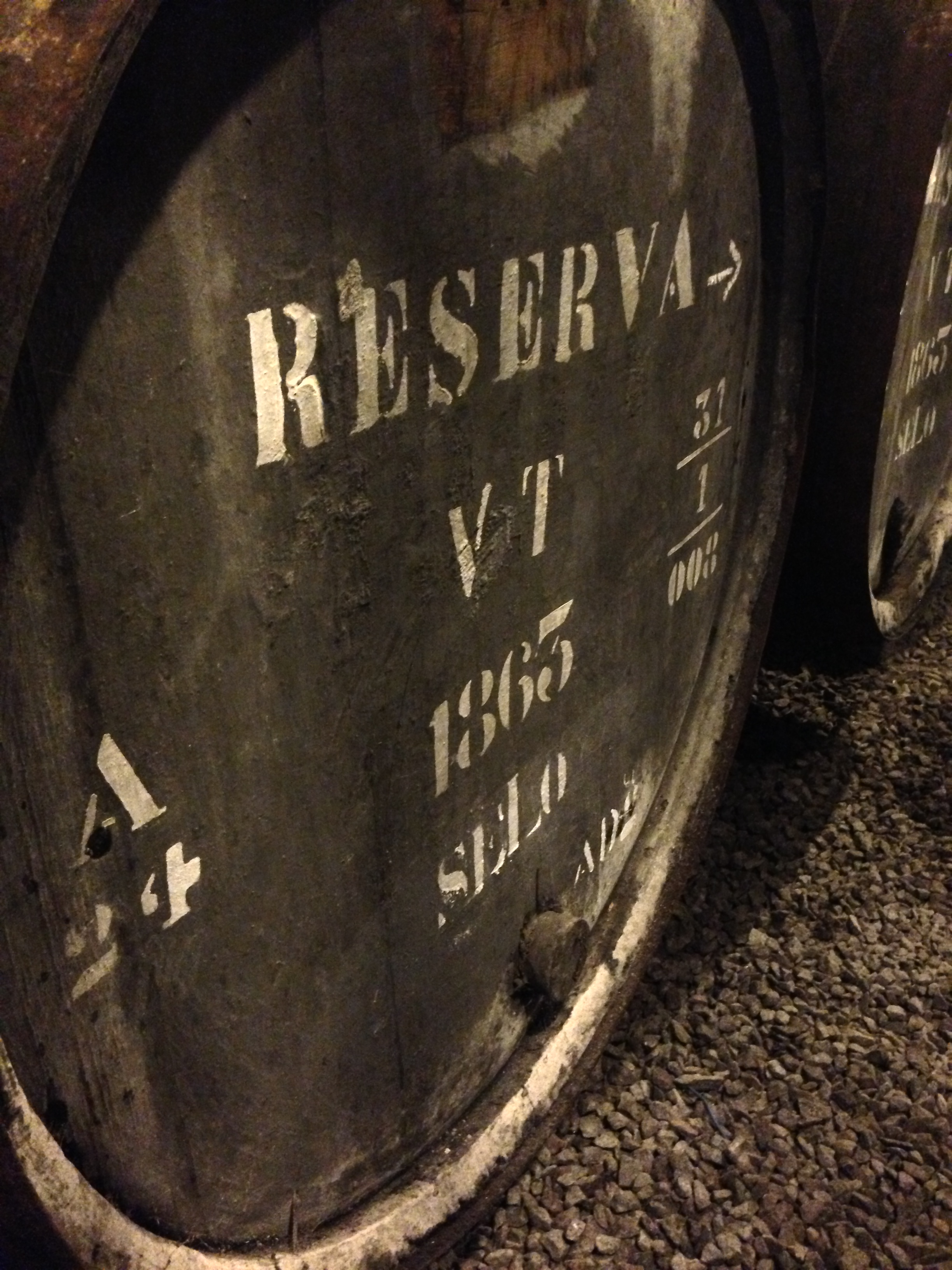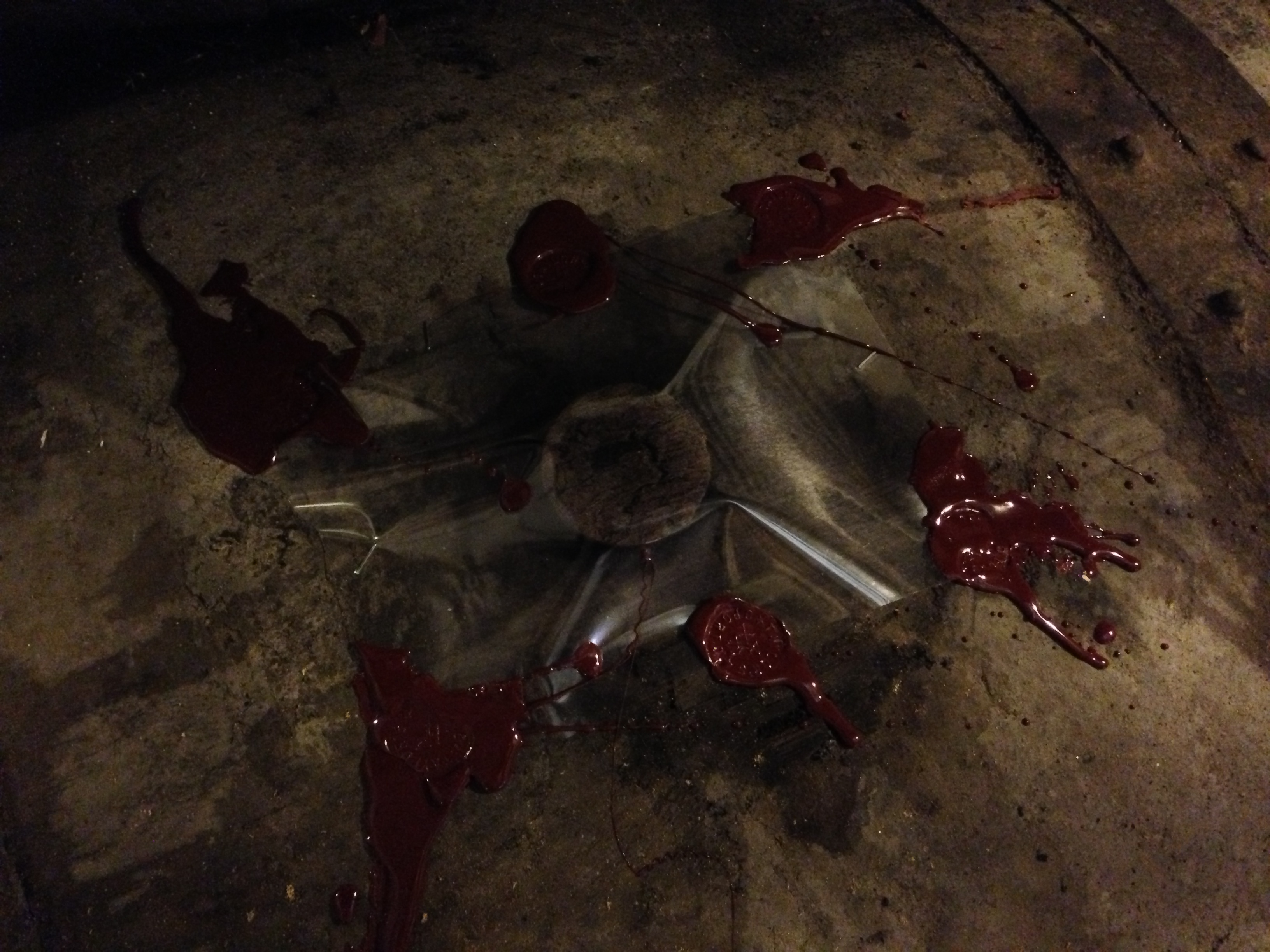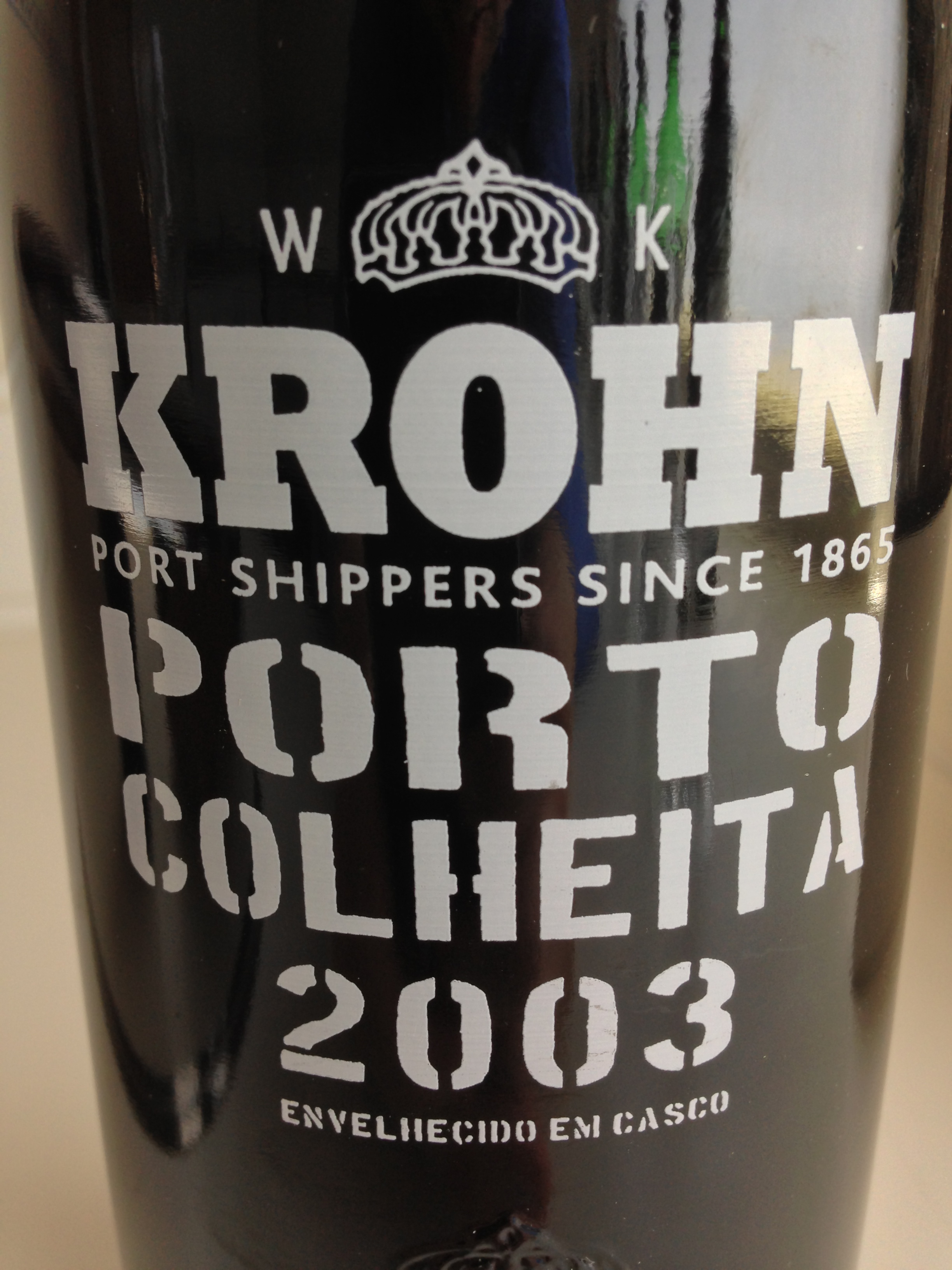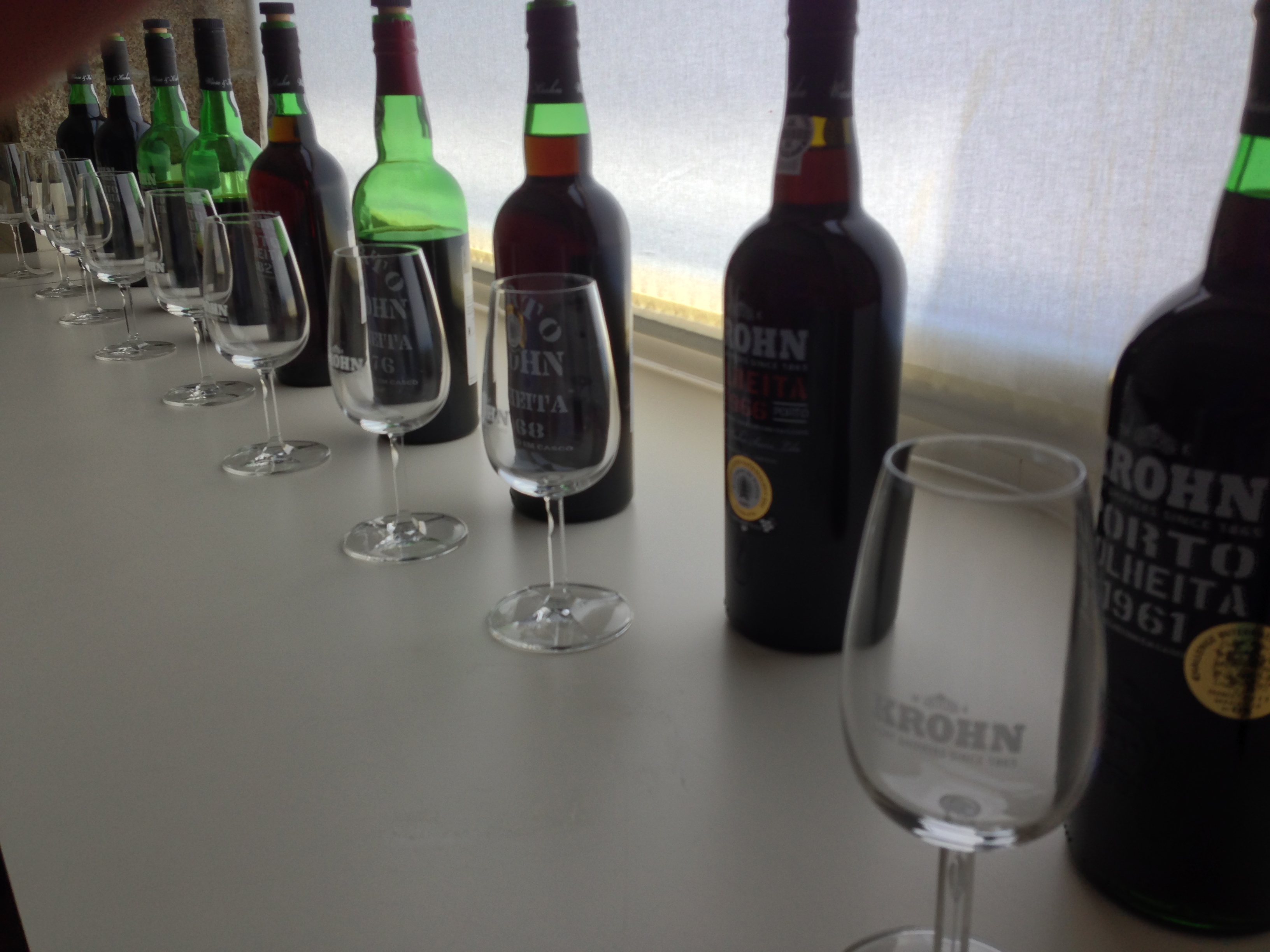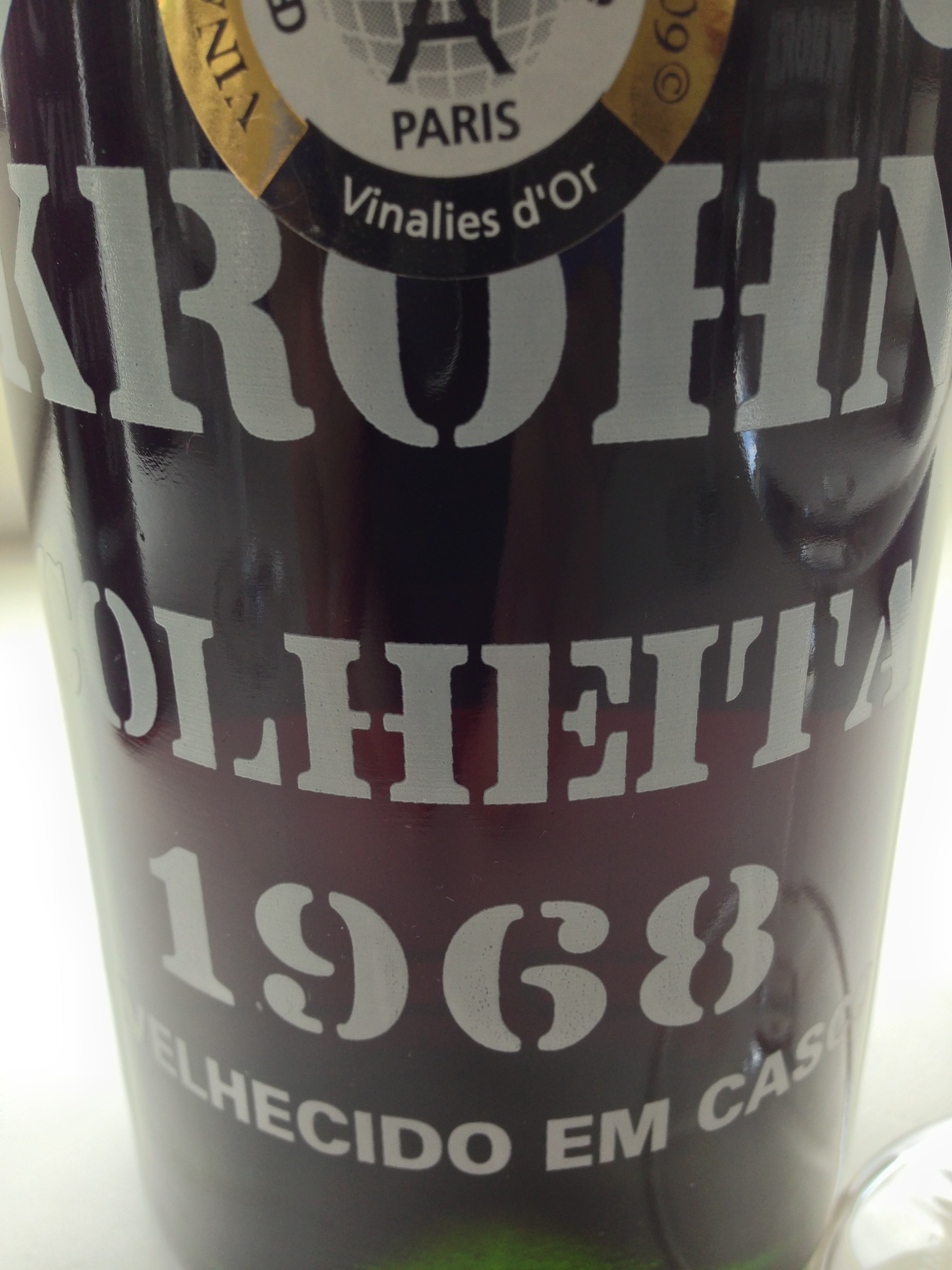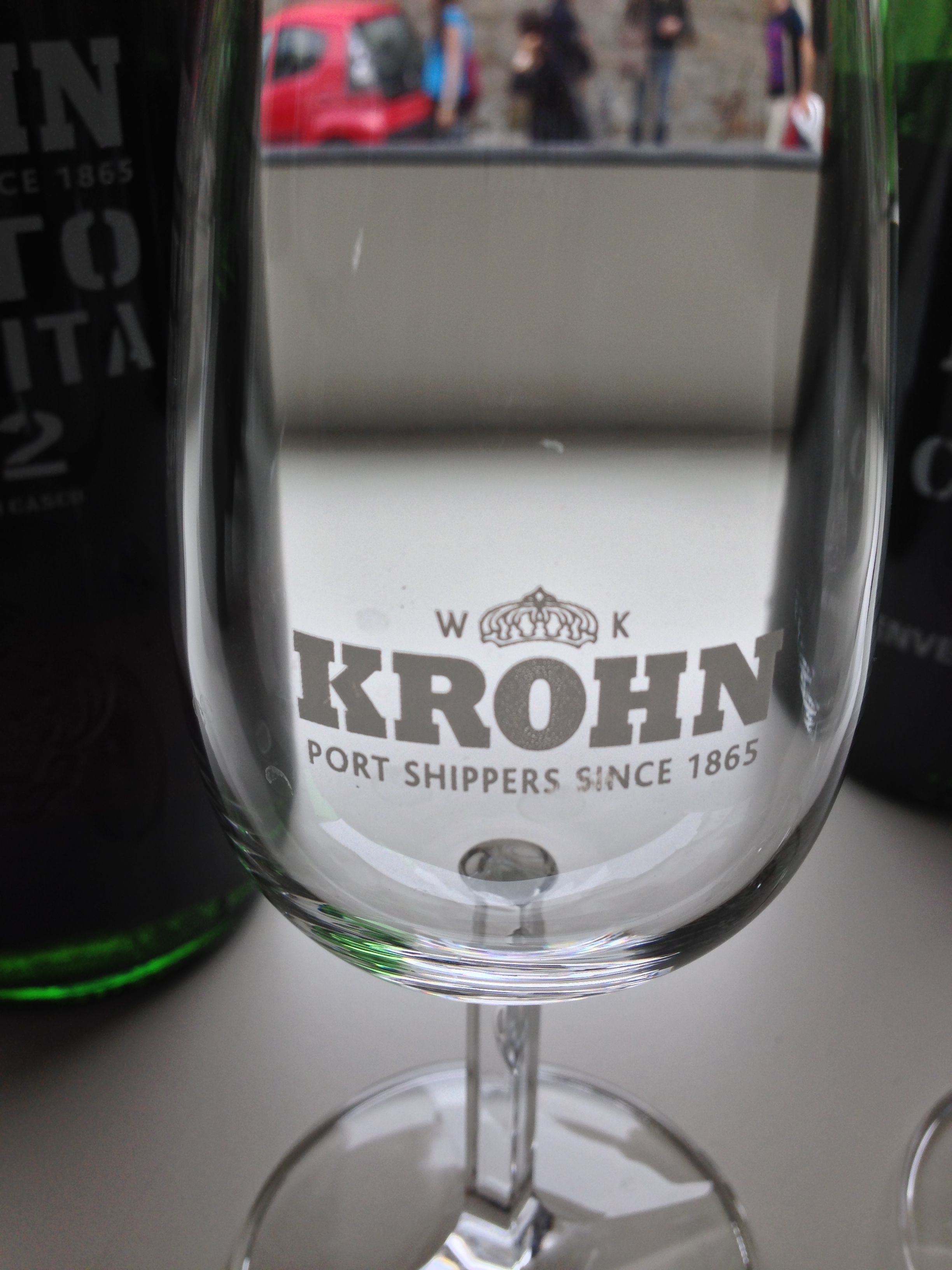Krohn: the kings of Colheita port
Posted on 15 July 2013
I’ll start with an anecdote. When I first visited Portugal in 2004, I experienced my first full immersion in the world of port wine at the Solar do Vinho do Porto in Lisbon and Oporto. They are two brilliant establishments, a sort of clubby wine bars where you can sample a wide array of ports by the glass, accompanied by some nibbles. There is also a staggering list of by the bottle wines, but the 60-odd by-the-glass selection were more than enough. So each evening I would order three or four small tasting glasses from the list, usually from my favourite category: dated tawny ports. And quickly one producer gained a legendary status for me for their outstanding Colheita wines: Krohn. And especially two vintages: 1968 and 1965.
So it was emotional when I entered the Krohn lab for a tasting hosted by the director here, José F. Falcão Carneiro to find out that he had generously programmed the 1968. Reviving a personal legend.
Wiese & Krohn were founded in 1865 by Norwegians Theodor Wiese and Dankert Krohn. Initially they imported salted cod into Portugal to satisfy the insatiable local appetite for bacalhau. Another import was Baltic wood, and apparently some of the oldest casks I saw in one of the six Krohn lodges belonged to those original 19th-century Lithuanian barrels! Such old oak requires continuous maintenance as evidenced by the patching up with resin that I saw during my visit, but I cannot help thinking they add to the genius loci here as well as perhaps the depth of flavour of these wines?
Over the years Krohn in fact gained a reputation for their tawny wines, particularly the Colheita ports. The top vintages of the 1950s and 1960s are certainly second to none. The secret lies not only in the prolonged ageing, but also in the grape material: where some houses might select some lighter wines for long oxidation in the tawny style, Krohn have consistently used exactly the same base wines that is bottled as prestigious Vintage port. Hence the big concentration and intensity of flavour.
Around 30,000 liters are put into oak on average in good vintages, although a part will be used as blending ingredients for Krohn’s 10-, 20- and 30-year-old Tawny. The remainder is bottled on demand as Colheita, from a single year unblended. “On demand” means the majority of the wine will keep on ageing in cask for considerable time: in fact there is still around 3,000 liters of the 1968 in cask here, and several older vintages are available. There are even three barrels each of… 1863 and 1896! Recently put on the market as an ultrapremium edition they received the top accolades from the Portuguese press as well as a “Robert Parker 100 Points”. A bottle will cost you north of 2500€, which I actually find a reasonable price.
My tasting started more modestly but not less excitingly with the 2003 – the latest release, and in a way a premature one: aggressively vinous with masses of dark fruits, it resembles more a ruby port than an aged tawny. But the quality of fruit is fantastic and this should reemerge as one of the best recent vintages with more time in cask.
Three mid-aged wines followed including an elegant, almost Burgundian 1999 (unlike 2003, I don’t think this will improve much in cask), a sweet and broad, somewhat rustic 1995, and a reasonably complex but lean and herby 1987.
Then the game was upped with the 1982, an impressive colheita with great complexity of dried fruits, fried herbs, brown sugar, and aged armagnac; it explodes with huge intensity on the palate and the finish is endless. A majestic wine that will improve with time in the cask; my second favourite of this tasting. It did outshine the 1976, a somewhat overlooked Vintage that produced many good colheitas and one lovely single quinta vintage port (Fonseca’s Guimaraens), in my experience. Krohn’s 1976 has a madeira-like whiff of pungent evolution, with subdued sweetness and less elegance than the 1982, but it is complexity epitomed.
And then we moved in the glorious 1960s, the golden age of Colheita ports not only at Krohns. Back then, production was smaller, and grapes came almost exclusively from very old mixed vineyards; there was still no mechanisation and production was on the whole, more “artisanal” than it is now. Add to this fifty years in cask, and there are some unforgettable experiences in that category. The 1966 is a monster of Colheita port, staggeringly sweet and syrupy with plenty of “bake”. It really is a violet wine, showing the lifted, slightly acetic edginess you will encounter in many 1966s. There was repose and quiet complexity in the 1961, a fudgey, herbal, medicinal old wine, slowly losing its last bit of fruitiness and nearly reduced to its bare bones, but for 52 years in oak it is a balanced wine with a nice uplift on the finish.
And then came the 1968: a myriad of aromas wrapped around a core of surprisingly sweet, grapey fruit. Take it into your mouth and after the initial thick syrupy sweetness, there is a growing cognac-like complexity and sustained power on a real orchestral crescendo. Noble and majestic, this wine has it all, and it never falters: after a few sips the sheer power and complexity of age overpower the drinker. A memorable port, one of the very best I’ve tasted.
Two weeks after my visit, there was breaking news: Krohn was taken over by the Fladgate Partnership (owner of Taylor‘s, Fonseca and Croft). I just hope the Krohn brand and style can continue providing the port drinker with the quality it’s become famous for.
 Disclosure: my trip to Portugal including flights, accommodation and wine tasting programme was paid for by the Douro and Port Wine Institute.
Disclosure: my trip to Portugal including flights, accommodation and wine tasting programme was paid for by the Douro and Port Wine Institute.


